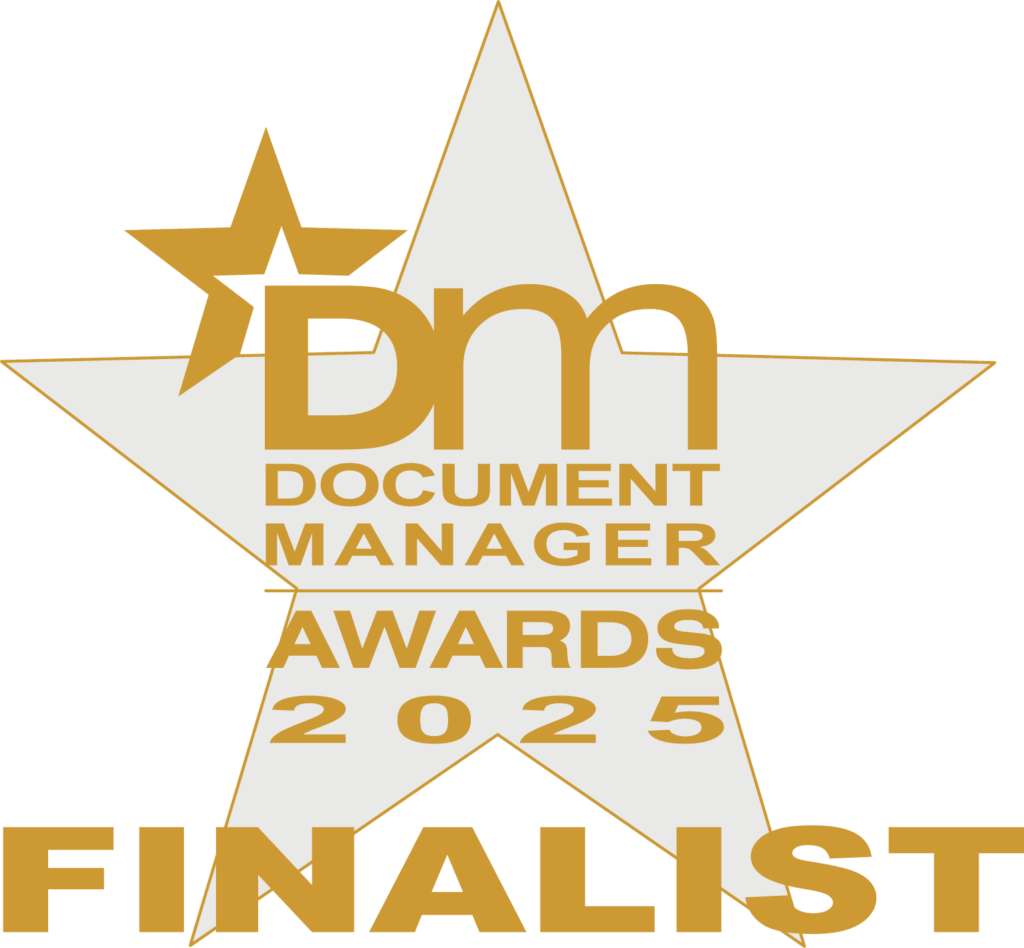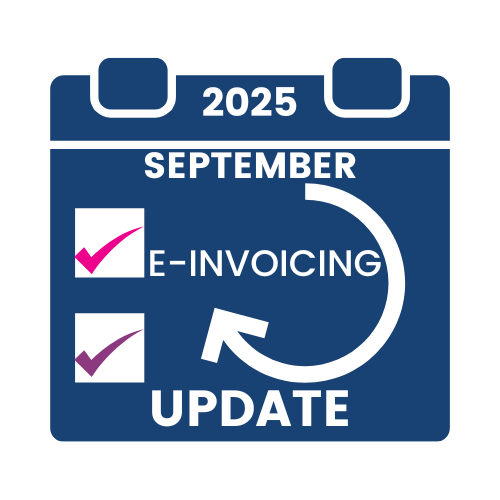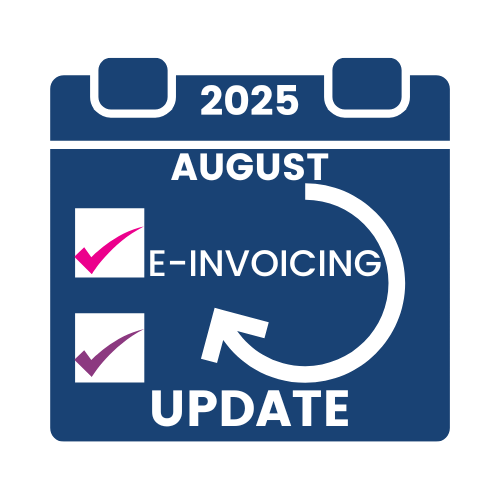As the financial landscape continues to evolve, Chief Financial Officers (CFOs) are facing new challenges and opportunities. One of the key areas of focus for CFOs is increasing profitability. In this blog, we explore the path to achieving greater profitability, with an emphasis on automation.
The Profitability Puzzle
Profitability is the lifeblood of any organisation. It determines the sustainability, growth, and overall success of a business. However, achieving consistent profitability is easier said than done. CFOs must navigate a complex web of factors, including market dynamics, operational efficiency, and financial management.
The Role of Automation
Automation has emerged as a powerful tool in the CFO’s arsenal. Here’s how it can contribute to the path of profitability:
1. Streamlined Processes: Automation allows CFOs to streamline critical processes. From accounts payable to financial reporting, repetitive tasks can be automated, freeing up valuable time for strategic decision-making. Imagine a scenario where invoice processing, reconciliation, and data entry are handled seamlessly by software, reducing errors and accelerating workflows. With the introduction of Ai to automation solutions, the processes that can be automated are constantly increasing as Ai in the form of machine learning, learns from humans actions. From enhanced data capture with intelligent document recognition to language translation and FX analysis, more and more is automated resulting in streamlined, error free results
2. Data-Driven Insights: Accurate and real-time data is essential for effective financial management. Automation tools can aggregate data from various sources, providing CFOs with a holistic view of the organisation’s financial health. Whether it’s monitoring cash flow, analysing expenses, or forecasting revenue, data-driven insights empower CFOs to make informed decisions. Ai plays a part in these insights with personal dashboards with relevant KPIs and textual insights from data gathered across the organsiation’ tech stack and externally from the web in the form of economic trends and forecasts.
3. Cost Reduction: Cost-cutting is a perennial goal for CFOs. Automation not only reduces manual labour costs but also minimises errors. For instance, automating the P2P process to be a straight through (touchless) process that ensures accuracy of data, compliance to both business rules and local mandates and prevents overspending. Additionally, cloud-based solutions eliminate the need for expensive on-premises infrastructure, with less reliance on the IT tam for maintaining servers and software.
4. Improved Compliance: Regulatory compliance is non-negotiable. Automation ensures that financial processes adhere to legal requirements. From tax filings to audit trails, CFOs can rely on automated systems to maintain compliance, reducing the risk of penalties and reputational damage.
Implementing Automation
To harness the benefits of automation, CFOs should consider the following steps:
- Assess Current Processes: Identify areas where manual intervention is time-consuming and error-prone. Prioritise processes that can be automated for maximum impact.
- Choose the Right Tools: Evaluate automation software and platforms. Look for solutions that integrate seamlessly with existing systems and offer scalability.
- Change Management: Introducing automation requires buy-in from the entire finance team and stakeholders of the wider business. Communicate the benefits early in the search project and clearly and follow up with training to ensure a smooth transition.
- Continuous Improvement: Automation is not a one-time fix. Regularly review processes, monitor performance, and adapt as needed.
Conclusion
The path to increasing profitability lies in embracing automation. By leveraging technology, CFOs can optimise processes, gain actionable insights, and drive financial success. As CFOs navigate the ever-changing business landscape, automation remains a critical enabler on the journey toward sustainable profitability.





